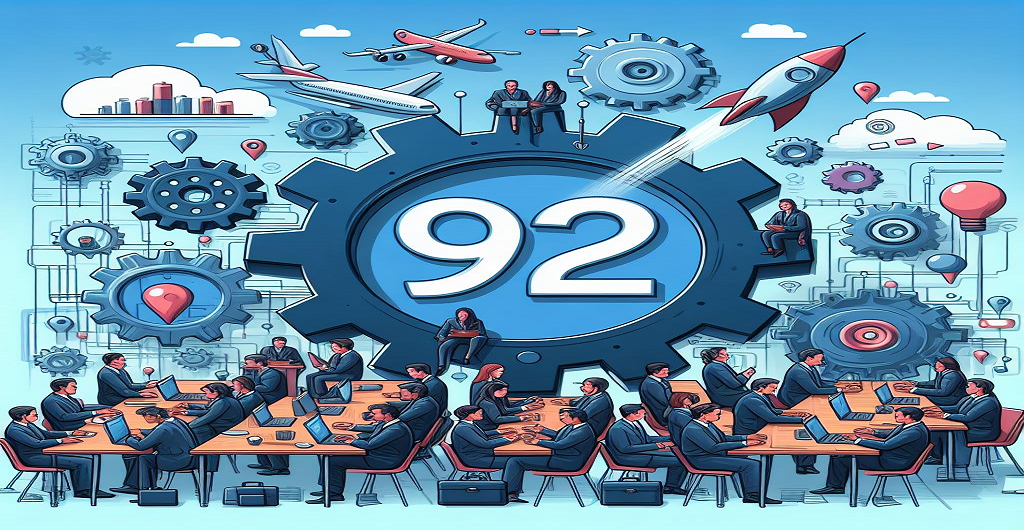Reaching healthcare professionals (HCPs) effectively requires more than broad outreach it demands precision and credibility. For life sciences teams of today, successful HCP engagement depends on tapping into the right voices and networks. In this environment, Key Opinion Leaders (KOLs) serve as critical connectors. These experts facilitate knowledge sharing, build trust and drive the adoption of new therapies among pharmaceutical and biotech organizations.

Traditional methods of engaging KOLs, on the other hand, often rely on static lists or unofficial networks. If these lists don’t take into account how impact changes over time and across platforms and regions, they can become out of date very quickly. These holes can be filled with a data-driven approach to KOL influence mapping. This makes it possible for targeted, scalable and measurable outreach strategies that get more people involved and improve health results.
What Is KOL Influence Mapping?
KOL Influence Mapping is the process of finding and studying experts in a healing area to learn about their networks and the power they have over them. Mapping looks at how these leaders connect with their peers and how those connections affect clinical talks. Simple KOL identification only shows people whose credentials stand out.
By drawing these influence lines, life sciences teams can see which experts have the most power, how their influence spreads to different fields and locations and where networks offer chances to reach out to others. This makes it easier for teams to carefully involve the right voices, making sure that their efforts lead to real results instead of guesses.
Why Data-Driven KOL Mapping Matters for HCP Outreach
The environment of healthcare is always changing in terms of who has power. Companies can see these changes happen right away, find new leaders and change how they reach out to networks as they change with a data-driven approach.
With analytics, teams not only identify who holds influence but also learn how best to engage them, such as by education initiatives, scientific collaborations or digital channels. This ensures outreach efforts are strategic and cost-effective, with outcomes that can be measured against business objectives.
The Data behind Influence Mapping
A robust KOL influence map is built on multi-dimensional data that goes beyond basic profiles or publication counts. To accurately capture influence, teams draw from:
- Scientific activity – Peer-reviewed publications, citation patterns, clinical trial leadership and conference presentations that reflect credibility and reach in the medical community.
- Network connections – Co-authorship webs, society memberships and speaking panels that reveal how KOLs connect to broader networks.
- Digital footprint – Social media engagement, online medical forums and webinars where KOLs or Digital Opinion Leaders (DOLs) amplify educational content.
By integrating these diverse data streams, teams can create dynamic visual maps of influence that highlight where to focus outreach efforts.
Building a Data-Driven KOL Mapping Strategy
An effective mapping strategy operates as a continuous cycle. It begins with defining clear outreach objectives, such as launching a new therapy, expanding awareness or supporting medical education. From there, organizations integrate the right data sources (scientific, relational and digital) to build a current profile of each KOL.
Then, KOLs are divided into groups based on their level of influence, specialty and favorite way of engaging. Mapping tools show where collaboration can lead to better results. Then, outreach programs are put into action and watched over. Information about how well they worked is fed back into the process to make future efforts better.
Best Practices for Sustained Success
Teams that do KOL mapping well don’t see it as a one-time thing they see it as an ongoing practice. Updating impact maps on a regular basis makes sure that they always show new voices and changing networks. Using both traditional key opinion leaders (KOLs) and digital opinion leaders (DOLs) helps keep your content relevant across all platforms.
Equally important is diversifying engagement. While top-tier KOLs bring reach, mid-tier and regional specialists, including medical opinion leaders, build deeper trust within local and niche communities. Aligning all engagements to clear goals ensures success is consistently measured not assumed.
How konectar Makes KOL Influence Mapping Effortless
For many life sciences teams, understanding who truly drives conversations and how influence flows across networks can feel overwhelming. Static KOL lists or scattered data often make it hard to keep pace with shifting relationships and emerging voices.
Konectar makes this problem easier to solve by putting all the important parts in one place. Real-time science information is built into its platform, which means your team can:
- Discover key voices and networks – Identify the experts shaping clinical and digital conversations in your therapeutic areas.
- See influence come to life – Interactive maps reveal how KOLs and DOLs connect across geographies and specialties.
- Prioritize the right relationships – Segment KOLs based on influence, expertise and preferred engagement channels.
- Adapt as networks evolve – Stay current with updated data, so outreach always aligns with latest landscape.
With konectar, you don’t just build another KOL list you gain a living, data-driven map that helps your team focus on the right connections, at the right time for greater impact.
Curious how this works in practice? Explore how konectar can simplify influence mapping for your team and see how easy it is to turn data into actionable outreach. Request a demo today.
Final Thoughts
Data-driven KOL influence mapping has become the foundation for scalable, effective and measurable HCP outreach. By blending analytics with continuous strategy, teams can build relationships that resonate, programs that scale and outcomes that can be proven. Adopting data-driven KOL mapping has become crucial for effective pharma HCP engagement, enabling organizations to build trusted relationships and deliver measurable impact.












